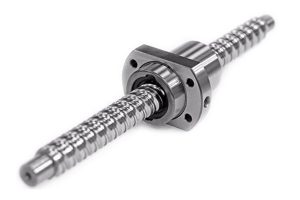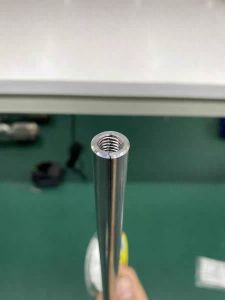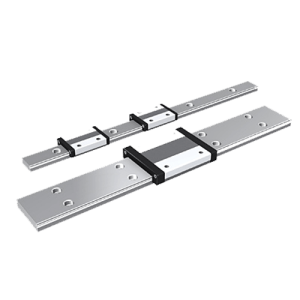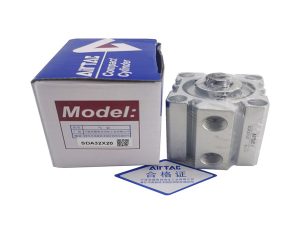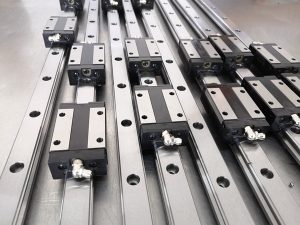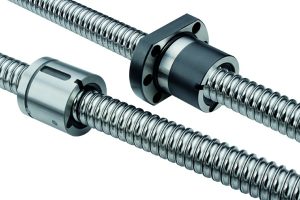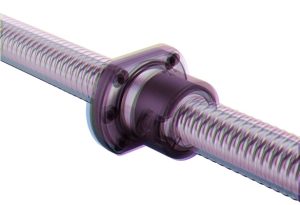Failure to install the ball screw correctly, poor lubrication condition of the feed transmission, material quality problems, poor gland pressure of the screw support bearing, damage to the ball screw, possible fracture of the screw support bearing, excessive load, too small axial pre-tightening force, too large transmission gap of the feed transmission chain, leading to axial runout of the screw transmission, will lead to jumping problems. Let’s work with ARESWIN to understand the specific reasons for the string movement of the lower screw.
First of all, the movement of the lead screw refers to the problem that when the load is greater than the accuracy level in the lead screw transmission system, the lead screw will lose its normal motion accuracy and swing back and forth or even fail to drive normally. As a result, it will produce loud noise and vibration, which seriously affects the working efficiency and stability of the machine.
Secondly, the causes of the problem of screw movement mainly include the following aspects:
First, Improper installation of ball screw
When installing the screw, it is necessary to keep it horizontal and balanced. If you don’t pay attention to this point in the installation, it may cause the screw to be unbalanced or inclined, which will lead to the screw moving.
Second, the ball screw is poorly lubricated
Screw drive needs to be lubricated with grease or grease. If the grease is not suitable or the lubrication is not in place, the screw will be worn and stuck, which will lead to the problem of movement.
Third, ball screw material quality problem
If the material quality of screw, nut and other parts is not up to standard, there will be problems such as thread wear and poor contact, which will cause the screw to move.
Fourth, the ball screw load is too large
If the load of the lead screw exceeds the limit it can bear, it will cause poor contact or wear between the lead screw and the nut, which will lead to the occurrence of jumping.
When the lead screw moves, we need to check whether the back cap of the support bearing is locked, whether the support bearing has worn out and failed, and whether the bearing washer is suitable. If there is nothing wrong with the bearing, just refit it as a washer. If the bearing is damaged, it needs to be replaced, re-equipped with a preload washer, and then the back cap is tightened.

